The education minister's dilemma
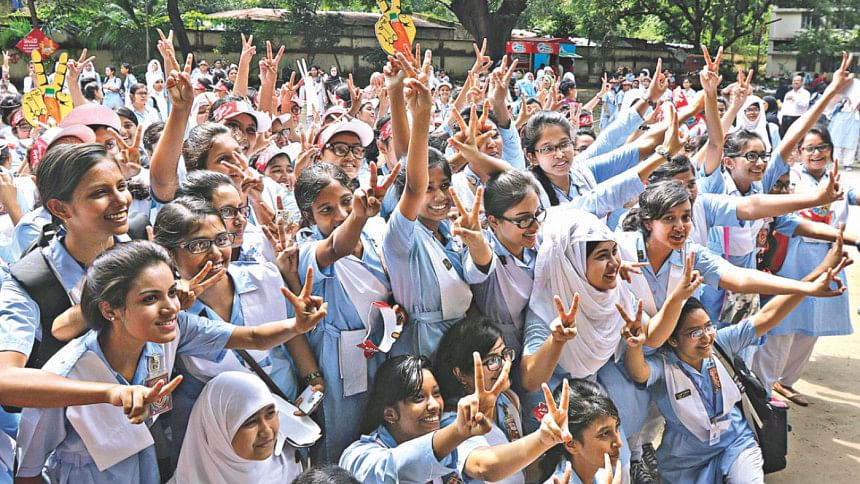
Those who have done well in the higher secondary exam results on Thursday (August 18, 2016) have earned the right to show their exuberance as depicted in the media. It is the culmination of 12 years of schooling and that marks the beginning of a new phase in education, career development and a stepping stone into adulthood.
The Minister of Education Nurul Islam Nahid named an Advisory Committee on the quality of secondary education, and hosted its first meeting on Thursday. "We have succeeded in expanding the opportunities, girls are out-performing boys, but we need to do better in quality and need the advice of the experts and practitioners about what can be done," the Minister said.
Of some 1.2 million students from 8,345 institutions under 10 education boards, including Technical and Madrasa education, three quarters - 74.7 percent to be precise – emerged successful. About 6.4 percent or 58, 276 students achieved the highest Grade Point Average (GPA) of 5.
There was a significant improvement than 2015 in total pass rate and GPA 5 score – for the eight general education boards, the pass rate was 6.6 percent higher and for GPA 5, 15 percent higher than last year. The Jessore Board recorded a whopping 39 percent improvement over 2015; interesting because it was the lowest performer last year with only 46.45 percent pass rate.
These numbers beg a few questions. Major change in the quality of education and outcome do not usually happen from one year to the next. What changes have been made in teaching, learning and educational provisions to produce the large difference? If the Jessore Board, and the schools and colleges under it, have found a way to bring about a dramatic change in quality in just one year, this demands a research project to identify the steps and lessons from Jessore, so that these could be applied throughout the education system.
The variation among the eight general education board – a difference of 23 percentage points between the lowest for Comilla at 64.49 percent and the highest for Jessore at 83.42 percent - raises questions about what education institutions in Comilla have done wrong and what those in Jessore have done right. For education measurement specialists, this variability suggests problems of reliability and validity of the test itself.
The academics and experts at the Education Ministry's meeting expressed a wide range of concerns. Some felt that multiple choice questions, accounting for 40 percent of the scores, were a matter of chance rather than a real measurement of learning, and gave undue advantage to urban students.
The opinions were based on conjecture, because a serious analysis or research of scores, test items and variation by geography or types of institutions is lacking. One piece of statistical evidence presented in the meeting showed that MCQs actually were closer to a normal distribution expected of a population than other types of questions that required a written answer. The latter accounting for 60 percent of the marks showed peaks in the distribution - a sign of pushing scores up by markers to let students have higher grade point averages for grade-point questions.
Testing and assessing student learning is not a highly technical task and there are always margins of error regarding ensuring reliability of tests (i.e., likelihood of same test producing the same result when repeated) and validity (i.e., the test actually measuring the competency it is intended to measure). On both counts, there is need for a systematic and continuing research and analysis of the test content and scores and need for refining these. Our examination boards or any central academic body are not known to be engaged in such research and analysis efforts.
While examination and testing dominated the discussion at the minister's meeting, it was mentioned that the problems of examinations and tests need attention but it should not be the tail that wags the dog. The quality problems have deeper roots, which have to do with teachers and what they can or should do in the classroom, curriculum and textbooks, school facilities and infrastructure, and overall management.
A secondary teacher survey by the Bangladesh Bureau of Education and Statistics (BANBEIS) in 2014 showed that for every 100 secondary schools, there were only 50 designated and qualified teachers for Bangla, 57 for English, and 47 for computer science – all compulsory subjects. For Mathematics and all science subjects, there were 1.6 teachers per school; it should be at least twice this number. These numbers of course don't say anything about the skills and competency of these teachers (CAMPE, Quality Education: Teachers for the Next Generation, 2016).
An immediate and wrenching concern for the students who passed HSC and their parents is where the students would go for the next stage of their education. Only around 50,000 places may be available in the public universities, not enough for even those who scored GPA 5. In the face of intense competition, a student may apply up to 15 universities. The universities do not take public examination results as a sufficient basis for selection and students have to prepare for and run around the country to take the multiple exams.
Despite discussions being held for a decade, the universities have not come up with a common entrance testing. And the University Grants Commission and the Ministry of Education seem to be helpless to do anything about it.
The Prime Minster, while receiving the HSC results, said, "Our students are as capable as any in the world. Opportunities must be expanded for higher education. We have planned to open a government college in every upazila where it does not exist, and a public or private university in every district in the country."
The Prime Minister's goal is unexceptionable. At the same time, however, minimum acceptable quality standards have to be established and applied in all these institutions. Failing to do so will only mean wasting resources and compounding the problems.
The Minister's meeting concluded with the decision to set up small committees involving the academics and experts and concerned government personnel to look at issues of examinations as well as curriculum and textbooks. This is necessary and would help if pursued with diligence.
However, this still would be looking at the symptoms of the disease rather than the deeper roots. Bolder initiatives with a longer term perspective must be led by the Minister. As mentioned by several of the speakers, attracting and retaining capable people to teach with pre- and inservice professional development, incentives and rewards, and social status for teachers would be one major area. There is also a need for one, undivided governance and management structure for all school education institutes. K-12, as in all other countries, would be another issue. The Minister must be supported by the political decision-makers and the academic establishments in these moves.
The writer is chair of Bangladesh Early Childhood Network (BEN) and Professor Emeritus at BRAC University.
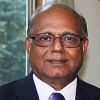
 For all latest news, follow The Daily Star's Google News channel.
For all latest news, follow The Daily Star's Google News channel. 


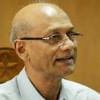

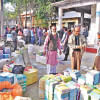
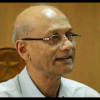


Comments